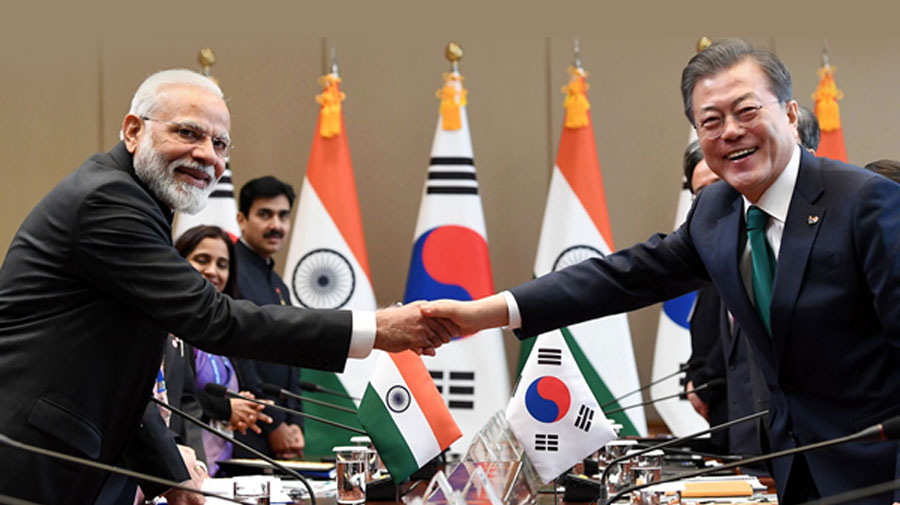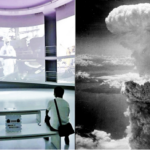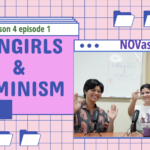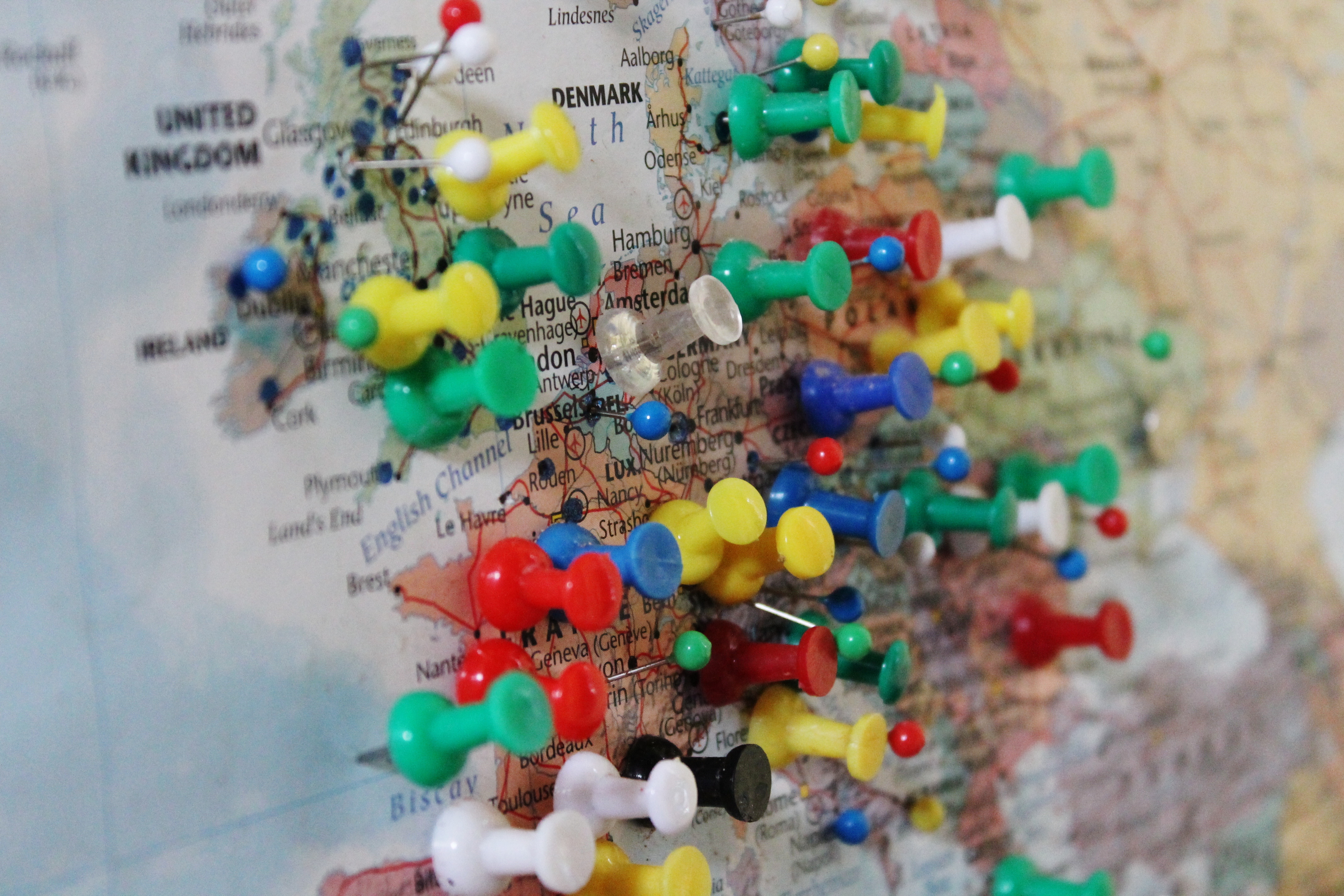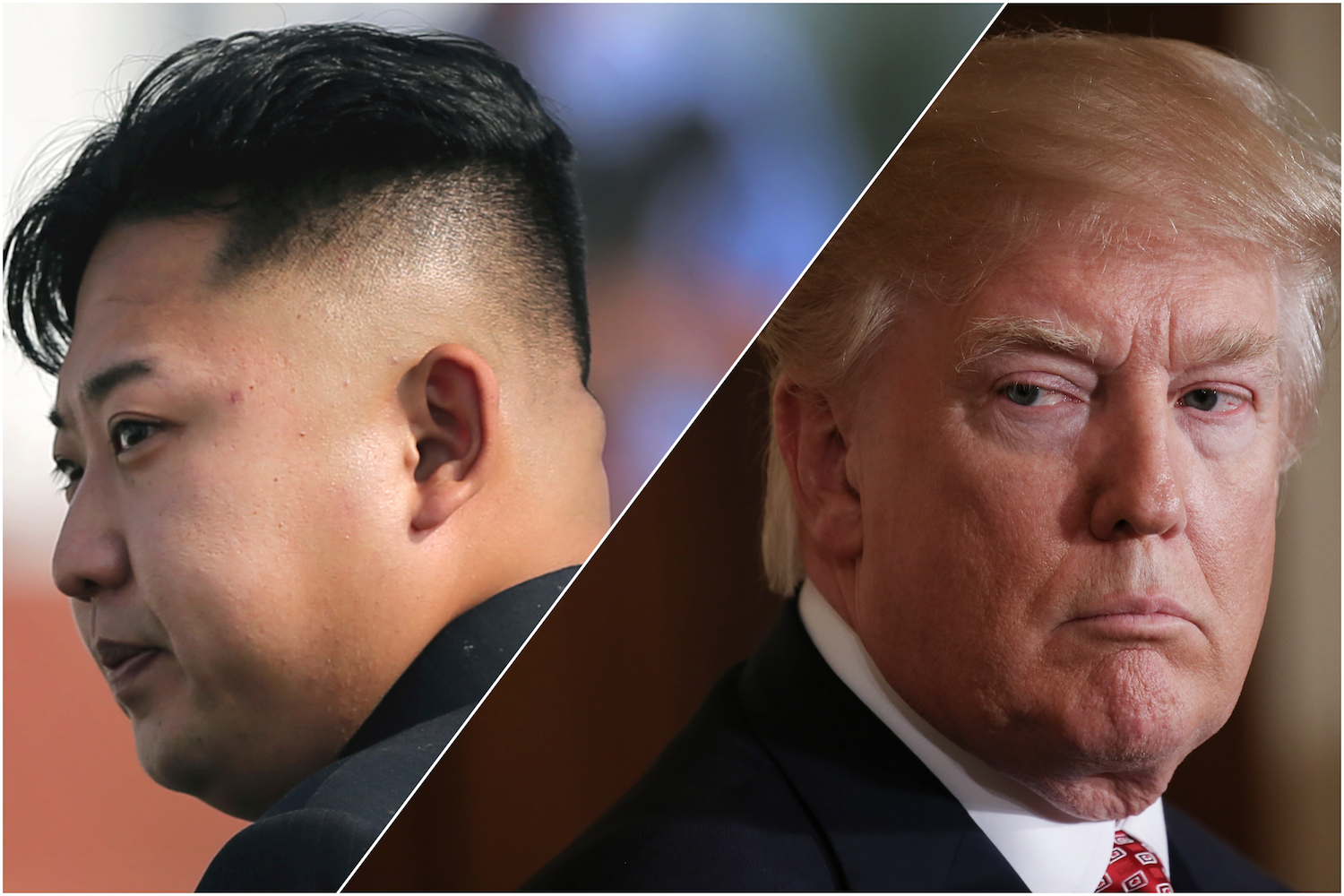Indo-Korea and Contemporary World Affairs
In today’s geopolitical environment, India and the Republic of Korea’s (hereafter ROK) bilateral relations are flourishing, especially in economic sectors and in strategic and political relations. As New Delhi and Seoul share a common potential threat in the Indo-Pacific region i.e., the increasing power of China, the two emerging powers tend to intertwine their strategic and military practices. In this light, ROK’s ‘New Southern Policy’ finds resonance with India’s ‘Look East Policy’ and ‘Act East Policy’ – whereby both nations aim to establish a peaceful and democratic order based on liberal market values.
Owing to this global context, and the dominance of the Realist lens as a tool to study International Affairs, the ‘Soft Power Interplay’ or the ‘Cultural Lens’ to analyze the relationship between India and South Korea remains one of the most unexplored areas. On one hand, the ‘high politics’ (interaction between state and leaders to discuss high priority issues like security via secret meetings and diplomatic agreements) between India and ROK stands at a very dynamic juncture. On the other hand, the ‘low politics’ praxis (simply saying, the engagement of both countries at the people-to-people level) is minimal.

Korean Ambassador to India, Chang Jae-Bok with Director General of Indian Council of Cultural Relations, Dinesh K. Patnaik recently met to discuss Indo-Korean cultural cooperation. Photo via Korean Embassy in India.
Indo-Korean ‘Dynamic’ High Politics
Consequently, the ill-informed cultural biases deprive the people of both lands in forging a meaningful and productive connection. The growing fondness of Bollywood and Yoga in the ROK and the immense popularity of Korean media and food in India is often the only mainstream ‘knowledge’ that the local diasporas of each country are aware of regarding the other. Not to mention, the current cultural flow and influence from Korea to India is more eminent as compared to the other way round, especially among the millennial generation. A fundamental impetus behind it can be attributed to the ‘Language Diplomacy’ as displayed by Korea. The surge of learners wanting to learn Hangul in India is a case in point. A plausible reason behind this unequal cultural influence could be the weak institutional ecosystem of India which does not harbour due importance to the need to the separate Public/Cultural Diplomacy vertical – and is, to a large extent, unable to leverage its Soft Power potential fully. In this light, the Korean government’s efforts – which has led the nation to set up an independent vertical of Public Diplomacy, corroborating a robust vision dedicated to ‘fascinate the world by the Korean charm’ is something that India can apprehend from.
Public Diplomacy and Contemporary Indo-Korean Bilateral Relations
Public Diplomacy is about engaging and communicating directly with the foreign public to build foreign support for their policy objectives and to build a positive image of the home country in the international arena. To suffuse the existing cultural gap, the cultural policies of both the countries must try to include components of Public Diplomacy (Nicholas Cull describes five ways: (1)listening, (2)advocacy, (3)cultural diplomacy, (4)exchange, and (5)international broadcasting).
For India and ROK to rediscover old connections and shared cultural values, and to harness that into political advocacy, there is a need to increase cross-cultural communication, institutional exchanges and to engage academia on both sides in scholarly exchange.
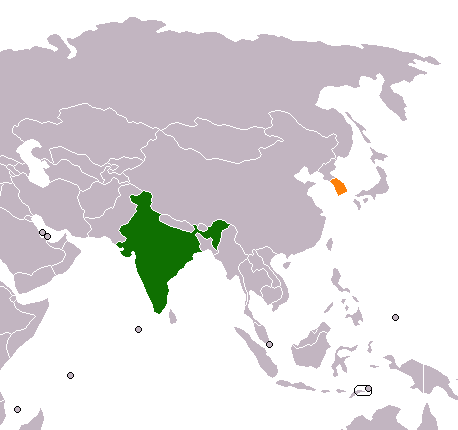
Public diplomacy as a tool to develop a ‘public’ dimension of the political interplay between India and the Republic of Korea is a necessity. Image via Wikimedia.
In a one-of-its-kind event, the Indian Cultural Centre (ICC), the cultural wing of the Embassy of India in Seoul (ROK) in collaboration with the India Foundation organized the ‘International Symposium on India-ROK: Aspects of Public Diplomacy’ (a full recording of the symposium is available here) where eminent scholars working to foster ‘good diplomatic relations’ between India and the ROK shared their views on the various aspects of Public Diplomacy shared by the two nations, along the lines of 3 broad sub-aspects:
- Historical Linkages & Cultural Diplomacy between India and ROK
- Economic Diplomacy as a factor in Indo-ROK Relations
- Public Diplomacy in the Post-COVID Era: Perspectives from India and ROK
To briefly capture the essence of this significant episode, it can be very well interpreted that ‘CULTURE’ is at the heart of the historical and social relationship shared by India and the ROK. Professor Sunaina Singh of Nalanda University, India spoke about the common legacy between the two countries that goes beyond 3000 years.
Reinvigorating Cultural Relations between India and ROK
There exist several trajectories that showcase the deep-rooted cultural bonds between both nations. Starting with the spiritual ties, the collection of legends, folktales and historical accounts known as Samguk Yusa (or Memorabilia of the Three Kingdoms) provides evidence of Korean Buddhist monks visiting Nalanda, India since 700 AD. The famous Korean Buddhist monk – Hyecho, from the Silla dynasty, visited several Buddhist sites in India to familiarise himself with the land of Buddha and its culture. His travelogue named Wang O Cheonchuk-guk Jeon sheds light on the diverse historical-cultural practices of India.
A lesser-known historical tale is that of the marriage of Indian princess Suri Ratna (Heo Hwang-ok) to Korean King Suro – marking the beginning of the Karak dynasty. Today, this symbolizes blood relations between India and ROK, as around 10% of the Korean population trace their descent from the couple. As the princess hailed from Ayodhya (a city in Uttar Pradesh, India), a special memorial dedicated to her was established there in 2001. Similarly, Gimhae (a city near Busan, South Korea) has the tomb of the Princess and the King erected.
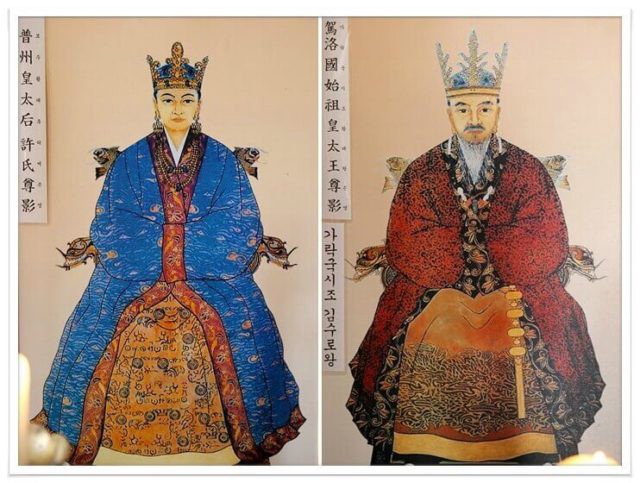
Queen Heo Hwang-ok (Indian Princess Suriratna) and King Suro. Image via Pravalika Maturi (Medium.com).
The Dravido (specifically Tamil) – Korean language association also rakes off a lesser-known and under-explored linguistic legacy between India and ROK. Jung Nam Kim, the President of the Korean Society on Tamil Studies has established that surprisingly, many words are pronounced and mean the same in both Tamil and Korean. Some examples can be naal (day), pull (grass), amma (mother) and appa (father), among many others.
Most recently, in June 2021, an exhibition titled ‘Korean War Special Exhibition: 60 Para Field Ambulance’ was organised by the Korean Cultural Centre in New Delhi to mark the 71st anniversary of India providing support to South Korea by sending the Custodian Forces of India during the Korean War. Hwang Il-Yong, Director of Korean Culture Centre India emphasised that this event was designed to commemorate the cordial historical relations between India and the ROK, and was an attempt to promote such a legacy amongst the younger generations.

Soldiers of the 60 Para Field Ambulance (sent by India) helping wounded Korean soldiers. Photo via Hindustan Times.
Another historical event epitomizing shared historical linkages is the struggle for independence against colonial rule based on the maneuver of Satyagraha, or peaceful protest. The resulting events on both sides were almost similarly painful whereby both India and ROK came into being after the territorial division of the once-united lands into two. In 1947, after the dissolution of the British Crown Rule, British India was divided into two independent domains – India and Pakistan. Similarly, during 1948, a long-drawn plan of the division of Korea along the 38th parallel was brought to action, resulting in the establishment of the Republic of Korea (South Korea), and the Democratic People’s Republic of Korea (North Korea).
Besides sharing a common past, along with the people of both the nations upholding similar familial and societal values, the ‘economic’ aspect at work in Indo-Korean ties provides another area of possible convergence and an opportunity to learn and unlearn from each of the sides. As written by Rabindranath Tagore – the great Indian poet, Korea can act as the lamp bearer for the East – something which the vibrant economic development of ROK (famously known as the Miracle on Han River) has established. However, the threat posed by its other half – North Korea and neighbouring China ‘limits’ the potential of the country. India finds itself in almost the same predicament, with Pakistan and China hovering over the territorial sovereignty of the nation. India and ROK must capitalize on the ‘mutual trust’ that their people once shared and build upon that to counter-attack the aggressive threats faced in the Indo-Pacific region by providing mutual support and forging strong political alliances with each other. Hence, reinvigorating the ‘cultural connect’ would perforce, strengthening the strategic-economic nexus too.
Cultural Diplomacy – The Way Forward?
Beginning from the dawn of civilization till today – India and ROK have shared cultural values, liberal ethics, and aim to build a peaceful multilateral democratic order based on a free-market economy, synergizing together in a bid to promote good global governance. What muddles the reputation (and the bilateral relations) of India and the ROK alike, is that despite possessing a rich cultural heritage, both nations do not hold a good position when it comes to Nation Branding – a subset of Soft Power.
In addition to this, there are still milestones to be achieved when it comes to the people-to-people connection. A critical area to cater to are the cultural and academic exchanges to step up bilateral engagement. The International Symposium on Public Diplomacy has been a critical step in initiating the conversation to discuss how the everyday phenomenon of witnessing ‘Han Culture’ in India (by way of consumption of K-dramas, K-pop, K-food, and K-beauty brands), and how the connect felt to Indian culture in Korea (by way of Korean Buddhists and the immense popularity of Yoga in the ROK), can be translated into concrete policy measures to produce tangible outcomes. As an example, Professor Soonil Hwang from Dongguk University talked about how establishing Buddhist centers in India or Buddhist Vihars/Trails covering the historical Buddhist landmark sites will attract a considerable amount of the Korean Buddhist population to India – incorporating the general public to mingle with the people of the other nation. Similarly, Professor Sachin Chaturvedi, RIS talked about kindling the ‘soft aspect’ of Indo-Korean relations to the cause of global governance.
While the GenZ population in both countries is well familiar with the popular culture of both sides, the lacuna that exists is the lack of any formal institutional initiatives. To foster cross-cultural learnings and to sensitize each country’s population about the culture & society of the other, epicenters for cross-cultural learning and linkages are the need of the hour. Such projects will add to the cause of Public Diplomacy and provide a start-up ecosystem to fill in the present gaps within the people-to-people connection that exists between India & ROK. Engaging young minds and using the soft connect appeal enjoyed by the younger audiences to leverage that to the level of economic and political diplomacy will strengthen the cooperation that is already being shared by the two countries.
Public Diplomacy efforts to strengthen cooperation between India and ROK can help both the nations to campaign the cause of co-optive power and use their respective cultural power to influence other geopolitical actors to communicate their agenda more effectively. By diving deeper and initiating more nuanced academic discussions regarding people-centered community exchanges, peace, and cooperation (termed as the 3 pillars of possible cooperation by Professor Yoon Jung Choi of Hankuk University of Foreign Studies), there lies an immense scope in leveraging the Indo-Korean friendship to higher levels.
Public Diplomacy as a field of contemporarily relevant academic inquiry can provide for a pertinent modus operandi to complement closer strategic, economic, and cultural Indo-Korean relations. As Korean popular music and dramas continue to play a significant role in promoting the Korean Culture in India, in the longer run, it will remain interesting to observe what role India plays to emanate its Soft Power strategy goals, by way of spreading its cultural sway to win the hearts and minds of the Korean public.
 Tanya Chaudhary is pursuing a Master in Political Science from the University of Delhi & hails from New Delhi, India. She recalls the day somewhere in 2016 when she was introduced to BTS (and subsequently to Korean popular culture) – the happenstance that hugely shapes her academic goals today! Taking up further her interest in Korean Culture, Society, History, and Language, she aims to learn more about the meteoric rise in popularity of South Korean culture in the international sphere. She wishes to research how ‘Soft Power’ and related policy measures can escalate the branding of a nation, specifically to explore cosmopolitan world politics through a cross-cultural lens.
Tanya Chaudhary is pursuing a Master in Political Science from the University of Delhi & hails from New Delhi, India. She recalls the day somewhere in 2016 when she was introduced to BTS (and subsequently to Korean popular culture) – the happenstance that hugely shapes her academic goals today! Taking up further her interest in Korean Culture, Society, History, and Language, she aims to learn more about the meteoric rise in popularity of South Korean culture in the international sphere. She wishes to research how ‘Soft Power’ and related policy measures can escalate the branding of a nation, specifically to explore cosmopolitan world politics through a cross-cultural lens.
- “I Love My Body”: Hwasa and Female Empowerment in K-Pop and Korean Society - May 6, 2025
- English Fever in South Korea - February 24, 2025
- South Korea’s Medical School Expansion – Cure Worse than the Disease? - October 20, 2024

